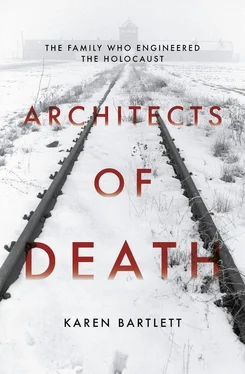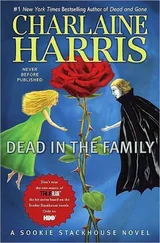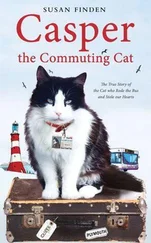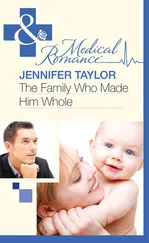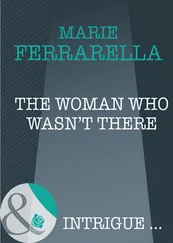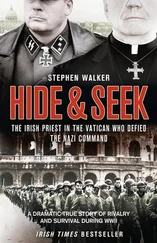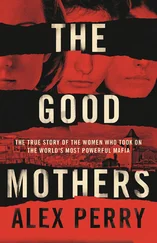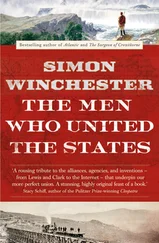Both Topf brothers had grown up in close proximity to Jewish families after their father moved them to 29 Neuwerkstrasse in 1909. Two of the three other families living at this address were Jewish: the Hess family and the Nussbaum family. The history and fate of the Nussbaums remains unknown, but the Hess family were important shoe manufacturers in the town (the other important shoe company was Eduard Lingel AG which popularised ‘German’ shoes and boots during the Third Reich era). Although Adolf Hess was seventeen years younger than Ludwig Topf Sr, their wives and children were of a similar age – and both men shared the fact that they were prominent town citizens who had assumed responsibility for their companies at an early age. Like the Topfs, Adolf Hess had architectural aspirations and commissioned local architect Max Brockert to build a large neoclassical villa for his family that has now been turned into a youth hostel. Adolf managed his business with his cousin Alfred Hess, who was also a local political for the German Democratic Party during the Weimar Republic and a major collector of modern art. The Hess family escaped from Germany before the Holocaust.
In business, Ludwig Sr came into frequent contact with trading company Henry Pels & Co., which produced the machine tools used by Topf’s then business partner J. A. John. The Pels company had been founded by Jewish businessman Henry Pels, who was a leading metal manufacturer in Erfurt, although the family lived in Berlin. Pels and his wife both died in the early 1930s, leaving their daughter, Johanna, the sole heir. In 1937, Henry Pels & Co. was sold for far less than it was worth as part of the Nazis’ forced sale of Jewish businesses; it became part of the Aryanised ‘German Weapons and Ammunitions Factories AG’. Johanna Pels and her husband both died in 1941 after being deported from Berlin to Lodz. Their two children escaped from Germany and survived.
Ludwig Sr was also closely involved with the Benary family in Erfurt, serving for seventeen years on the Erfurt Chamber of Commerce with Friedrich Benary, the son of Ernst Benary, founder of Erfurt’s major florist and seed cultivation business. Although Ernst Benary was Jewish, Friedrich converted to Christianity. This meant that, despite the business being labelled ‘mixed-blood grade two’ and included on a list of ‘non-Aryan’ firms drawn up by the Nazis, it remained in family ownership. Friedrich Benary attended Ludwig’s funeral in 1914, and praised him in the death notice as ‘a man distinguished by rich commercial knowledge and experience who worked for the public good’.
What these specific examples show is that the Topf family were interlinked with Jewish families in a web of business and personal relationships quite typical for middle-class German life at the time. Those same relationships would continue to touch on the lives of the two younger Topf brothers as they went about establishing themselves in the Erfurt business world. Ernst Wolfgang undertook his first work-experience placement in 1925 at the Adolph Sturcke Bank, where one of the co-owners, Max Sturcke, was married to a member of the Benary family. His second work-experience stint was with H&S Windesheim Malting plant, and he remained friends with the notary Hans Windesheim, one of the sons of the family until Windesheim emigrated to the US in the 1930s. It was the Windesheims who, Ernst Wolfgang later claimed, suggested that the Topf brothers join the Nazi Party as a means of regaining control of their company.
‘A family with the qualities of humanity was especially chosen to protect its persecuted Jewish fellow-citizens and colleagues to the very best of its ability, and that we demonstrably did, to the point of self-sacrifice, right up to the end of the war.’ [11] E. W. Topf justification, Power without Morals, Landesarchiv Thüringen - Hauptstaatsarchiv Weimar.
Given that it spared no effort in technologically advancing the Holocaust, it is hard to imagine a more breathtaking lie than Ernst Wolfgang’s claim that Topf and Sons was, in fact, a friend to the Jews.
Neither Topf brother could have been under any illusions about the fate of Erfurt’s Jews. In the early 1930s, people shopping in Jewish stores emerged to find that they had been secretly photographed and were publicly shamed. From 1936 onwards, Jewish businesses were appropriated and sold for knock-down prices. Jewish doctors were struck off; Jewish teachers banned from their profession. Businessmen like Carl Ludwig Spier, a director of the Lingel shoe factory, was forced from his job, before dying at the end of the war on a death march to Buchenwald. In 1938, the Great Synagogue was burned to the ground. After ‘Aryanisation’, the imposing front of the Römischer Kaiser department store now sported flags emblazoned with large Swastikas. On 9 May 1942, the first mass transit from Thuringia took 101 Jews from Erfurt to the ghettos and concentration camps – where no one from the transport survived. Among the victims was four-year-old Gunther Beer, the youngest Erfurt resident to be deported.
In his own mind, however, Ernst Wolfgang no doubt believed that he was a ‘friend to the Jews’ due to the fact that his company was offering a safe haven to some opponents of the regime – even though Topf and Sons was also conspiring with the Nazis in their plan to wipe-out the Jewish race.
Ernst Wolfgang would later claim that the company had kept four ‘half-Jews’ as part of their workforce, protecting them from persecution, although only two archive records for ‘half-Jewish’ employees exist – Willy Wiemokli and Hans Fels. Employing a ‘half-Jew’ (someone with one Jewish parent) was not illegal in the Third Reich, and posed no official risk to Topf and Sons. Nonetheless, it was hardly encouraged, and the Topf brothers demonstrated that they were prepared to personally intervene on their employees’ behalf.
At the end of the Second World War, Willy Wiemokli gave a sworn statement in support of Ernst Wolfgang Topf to the occupying authorities, stating that Topf had ‘done everything he could’ to have Wiemokli released when he was arrested by the Gestapo in 1942, and had then intervened again when Wiemokli was sent to a forced labour camp in 1944. ‘Then, too, Herr Ernst Wolfgang Topf did everything in his power to prevent it happening, using all of his personal contacts on my behalf.’
Wiemokli was born in Halle in 1908 to a protestant mother and a Jewish father. Although he had been baptised a Protestant, he was arrested for the first time on the night of 9 November 1938, Kristallnacht, and sent to Buchenwald concentration camp with his father. Following his release from Buchenwald, Wiemokli discovered that he had lost his job as a trader in Erfurt and could no longer support his father. Soon after, however, he found a new job with Topf and Sons, and an ally in Ernst Wolfgang Topf, who had attended high school with him.
After the war, Willy Wiemokli submitted this resumé of his life and career to the socialist government:
Willy Wiemokli
Erfurt
Gustav Adolfstr. 2a
RÉSUMÉ
I was born on 5 December 1908 in Halle/Saale to David Wiemokli, commercial employee and Anna Wiemokli, née Kaufmann. I attended secondary school in Erfurt and, in 1925, started a traineeship with the Römischer Kaiser department store. After I finished my training, I worked in the commercial departments of several different firms.
In 1938 my father and I were put in the Buchenwald concentration camp, since my father was Jewish and I was half-Jewish.
After I’d been released from Buchenwald, my employer, Herr Hans Türck dismissed me on the grounds of my imprisonment. My father had been without work or a means of supporting himself since 1933. In 1939, however, I managed to get a job at the Topf and Sons machine factory. Between 1939 and 1944, I was arrested by the Gestapo three times on suspicion of having failed to comply with the Race Laws.
Читать дальше
